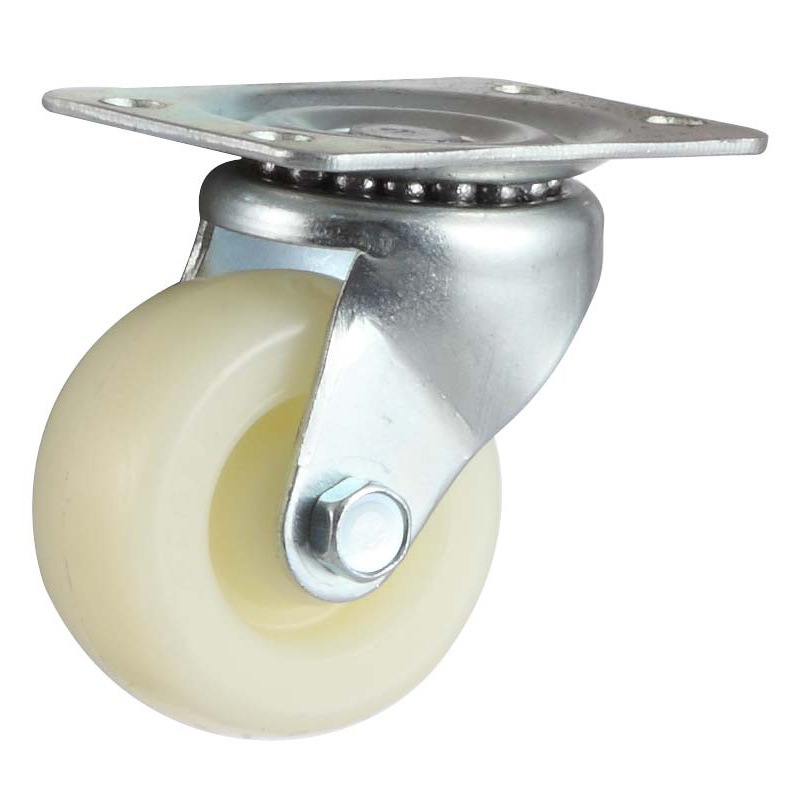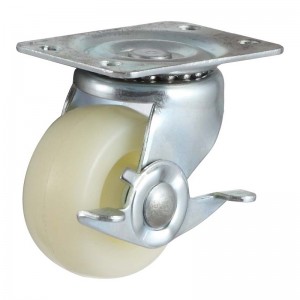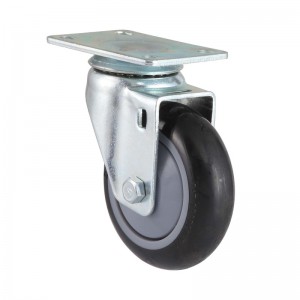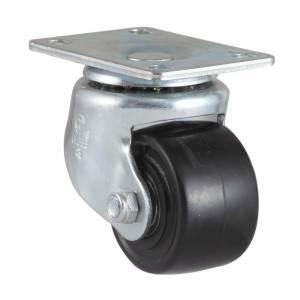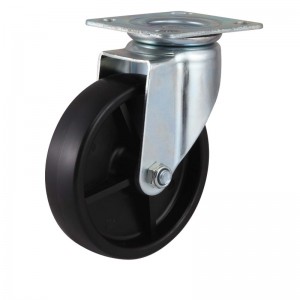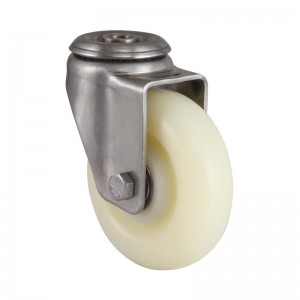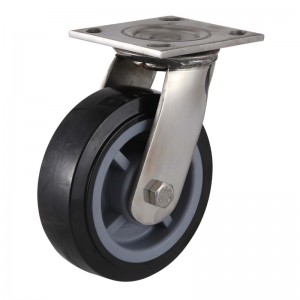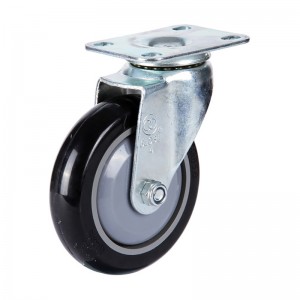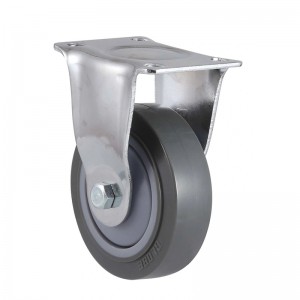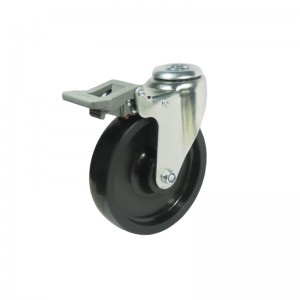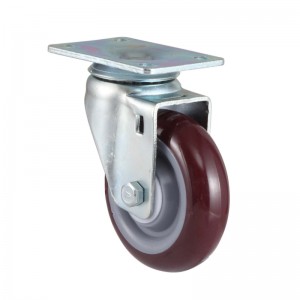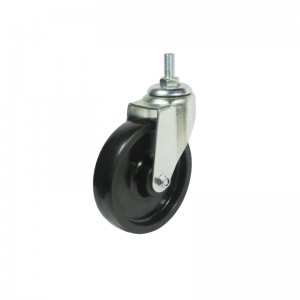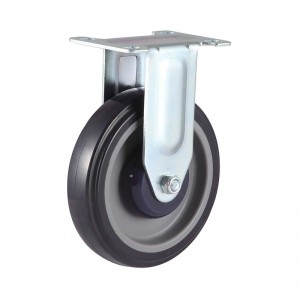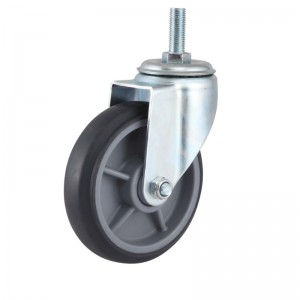Fat Caster China Suppliers Big Plate Swivel Nylon Castor Yellow Wheel


1. High quality materials purchased with strictly quality check.
2. Each product checked strictly before packing.
3. We are professional manufacturer for over 25 years.
4. Trial order or mixed orders are accepted.
5. OEM orders are welcome.
6. Prompt delivery.
7) Any type of casters and wheels can be customized.
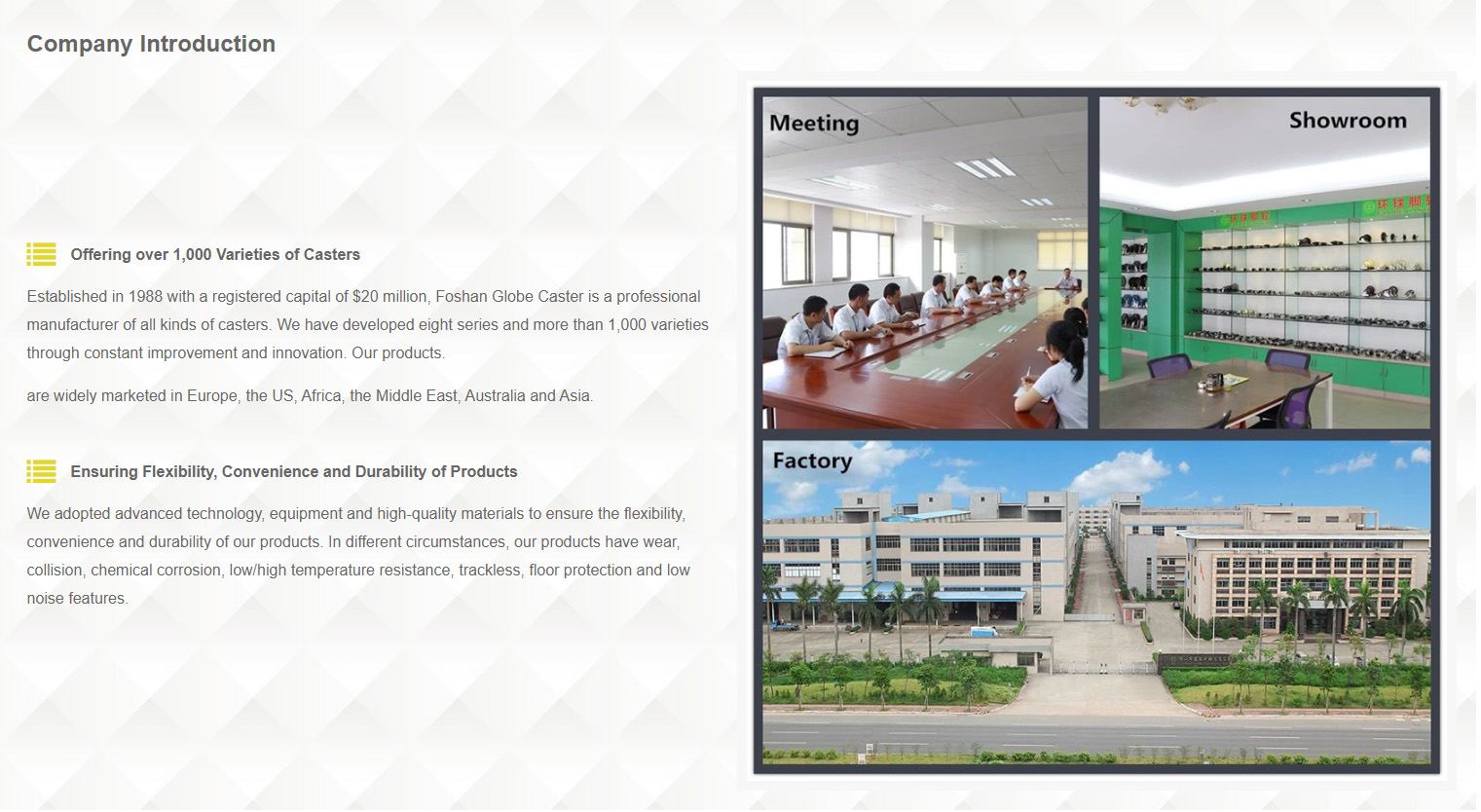
We adopted advanced technology, equipment and high-quality materials to ensure the flexibility, convenience and durability of our products. In different circumstances, our products have wear, collision, chemical corrosion, low/high temperature resistance, trackless, floor protection and low noise features.
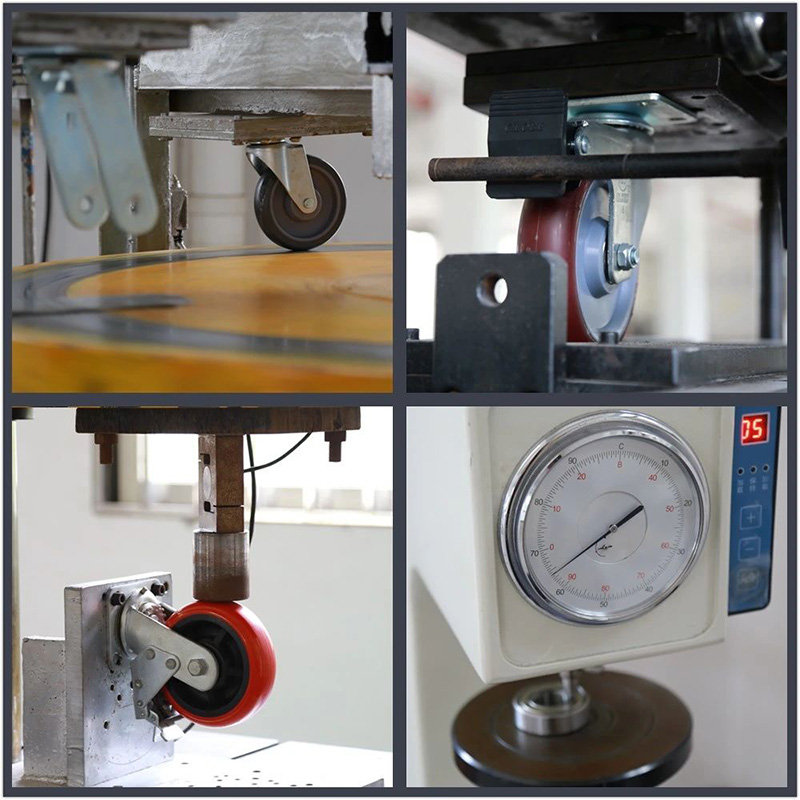
Testing
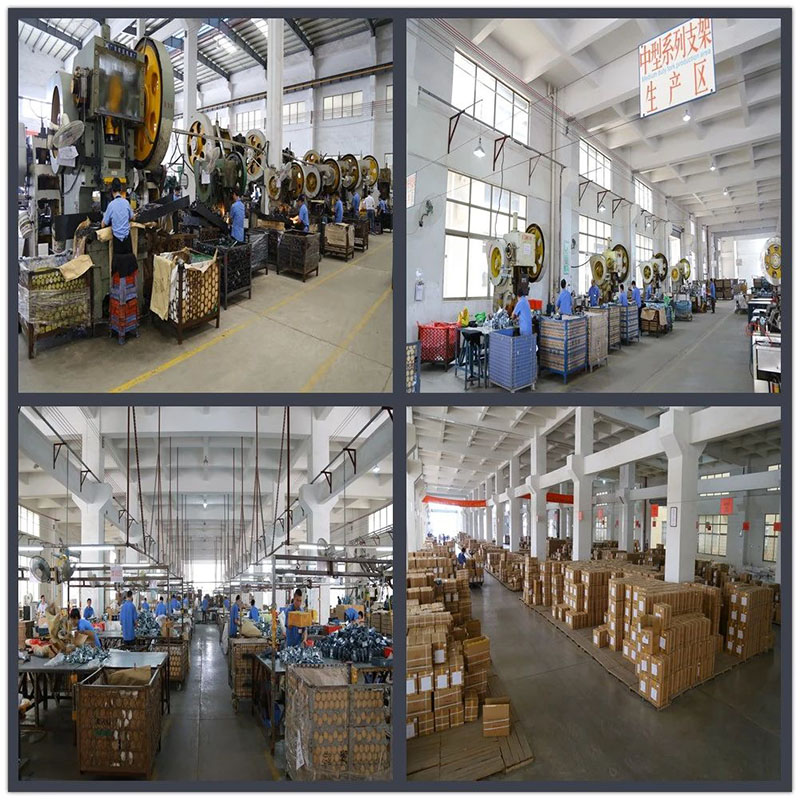
Workshop
1. Analyze from the selection of caster brackets to prevent beams and columns from being stolen.
Caster brackets usually use injection-molded brackets or metal brackets. The output of injection molded brackets is relatively small, mainly used in the furniture caster industry and the medical caster industry. Therefore, we will not repeat it here. We will focus on the analysis of metal brackets. Appearance analysis. The thickness of the metal bracket of the caster is 1mm or less to 30mm or even thicker steel plate, which is mainly determined according to the load requirements of the caster.
Conventional caster manufacturers generally use front plate steel plates, while small factories usually use head plates and tail plates to reduce costs. The head plate and the tail plate are actually inferior products in the steel plate. The thickness of the steel plate of the head and tail plate and the head and tail are not uniform. The price of steel plate is also far from that of the motherboard, and the performance of caster products (such as appearance and load) is also very different.
2. Analyze the size of the caster bracket to prevent corners
In order to save costs, many small caster factories deliberately lower the requirements for steel plates. For example: casters with high frequency and large usage in the domestic caster market are 4 inches (diameter 100mm), 5 inches (diameter 125mm), 6 inches (diameter 150mm), 8 inches (diameter 200mm) casters, this caster Z is initially It is produced according to the usage habits of the United States and is also called American caster. The thickness of the steel plate usually used is 6mm steel plate (but because the standard steel plate in our country is generally negative tolerance), the thickness of the steel plate should be 5.75mm for conventional caster manufacturers. Small caster factories usually use 5mm or even 3.5mm, 4mm steel plates to reduce costs, which will inevitably lead to the use of casters. The performance and safety factor are greatly reduced.
3. Analyze the surface treatment of the bracket to prevent overcharging.
The high-quality casters produced by the conventional caster factory have a beautiful surface and no burrs. At the same time, in order to ensure the anti-corrosion treatment of the metal bracket, the caster bracket is generally made of electro-galvanized (including electro-galvanized white zinc, blue-white zinc, color zinc, and gold-resistant galvanized), sprayed, sprayed, immersed, etc. Galvanized brackets are mainly used in the market. In order to improve the adhesion of electro-galvanized steel, conventional caster factories usually use shot peening, and more precise casters will use vibration grinding to effectively eliminate burrs caused by stamping and welding. At the same time, it can better provide the adhesion of the anti-corrosion layer on the surface of the caster.

